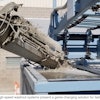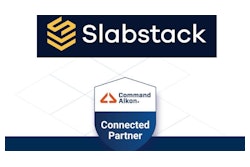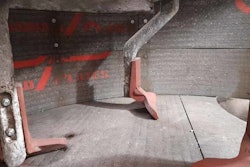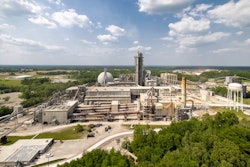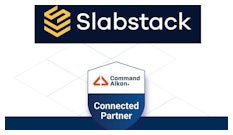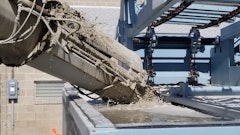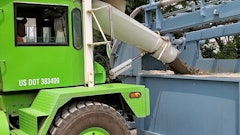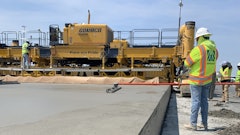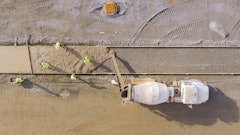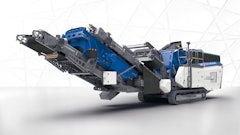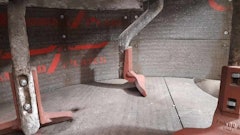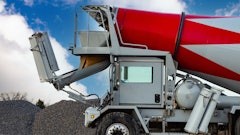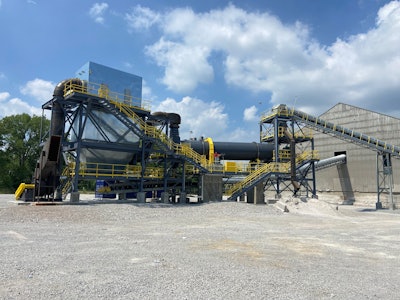
Heidelberg Materials North America has moved towards sustainability by turning one of its cement plants into a slag grinding facility. Slag is often disregarded as a waste product from metals during different combustion processes. Heidelberg Materials is now repurposing slag granules to make slag cement.
What is Slag?
Slag is a waste product that often comes from refining or smelting metal. Although slag is the unwanted byproduct of other processes, slag granules can be used to create slag cement. But why would you want to use slag cement in your concrete mix?
Just by using slag cement in your concrete mix, you are making far less of an environmental impact and promoting sustainability. A slag cement concrete mix is stronger, more durable, delivers a lower heat of hydration, and is easier to work with.
Repurposing this byproduct allows concrete companies to reduce their negative impact on the environment and climate change. While slag may be seen as waste on its own, it can be reprocessed to create something not only useful and beneficial but also more eco-friendly. 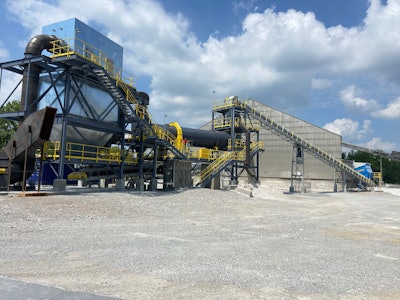 Heidelberg Materials NA
Heidelberg Materials NA
Slag cement is becoming more available throughout the country as acceptance of the repurposed product grows. There are many benefits to using slag cement in your concrete mix. Some of these benefits include:
- Reduction of waste
- Reduced energy use
- Reduced greenhouse gas emissions
- Improved durability
- Improved strength
Push Towards Sustainability
After Heidelberg Materials opened its new cement plant in Mitchell, Ind., it decided to discontinue its Portland cement production in its Speed location. When production stopped at the Speed location, the company was able to alter the facility to produce slag cement from domestically sourced slag granules.
Back in 2023, Heidelberg Materials came to an agreement with the Levy Group of Companies. This agreement allows Heidelberg Materials to source its slag granules from the Levy Group of Companies. At the time, it was projected that starting in 2024, the Levy Group of Companies would be supplying 400,000 tons of slag granules annually.
The company is widening its reach and improving its sustainability contributions. While there have been a few slag grinding and integrated cement facilities around the country, the concept of converting slag into cement hasn’t been that popular. Heidelberg Materials expects slag cement to become more popular in the future.
Jeff Sieg, company spokesman at Heidelberg Materials NA said, “As more sustainable construction is gaining acceptance, we expect this plant to be even more critical to the market since using slag cement is the top lever a concrete company can use to lower the environmental footprint of their concrete mixtures.”
Repurposing slag granules into cement will support the industry’s sustainability efforts. Slag cement is a great option for those in the industry looking to shift towards more environmentally friendly methods. It is also a good way to repurpose what is often deemed as waste.
Areas Affected
Heidelberg Materials’ transformed facility is located in Speed, Ind., and will supply slag cement to the Midwest market. The main market area includes:
- Indiana
- Kentucky
- Ohio
- West Virginia
- Illinois
- Tennesee
With this Midwest audience, the company will be covering a multitude of concrete suppliers. 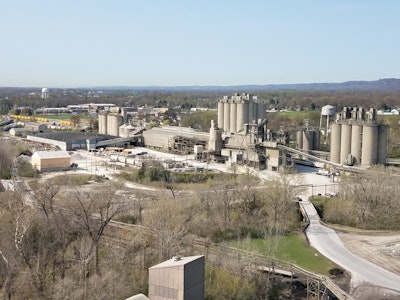 Heidelberg Materials NA
Heidelberg Materials NA
“We supply all channels and segments of the concrete industry, including Ready Mix, Precast, Prestress, Paving, Block, etc.,” said Sieg.
The reach of the Speed location will allow more areas of the country to gain access to a more sustainable source of cement. While slag cement can’t replace the entirety of cement needed in a concrete mixture, every little bit can make a difference.
“Slag cement can typically replace 35-70% of cement in a concrete mixture depending on the project,” said Sieg.
While slag cement can’t be used as the sole component in a concrete mix, it can make a significant impact on the product, the quality of the concrete, and how the mix affects the environment.
Putting Slag to Use
Since the Speed facility’s opening in March this year, the location has been operational and has provided for at least one major project. The slag cement was used for a high-rise building’s foundation in Indianapolis. On this project, Irving Materials Inc. incorporated the slag cement with its concrete mix. In total, 1,700 tons of slag cement were used to aid in the project.
Heidelberg Materials anticipates slag cement’s acceptance and popularity to continue to grow. The company hopes to considerably decrease its carbon footprint by 2030. It will continue to work towards more sustainable products and methods.


